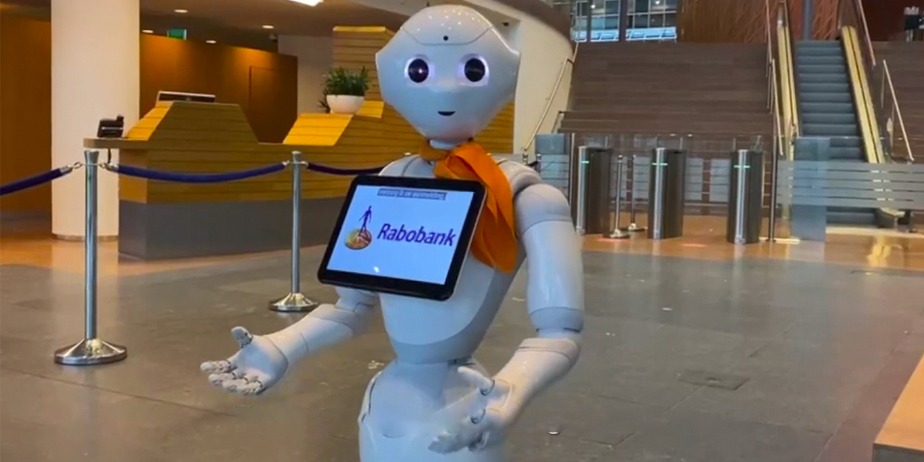Virginia Tech University in the USA has achieved a remarkable breakthrough in robotics with the development of shape-shifting machines capable of traversing various terrains, including land, water, and air. Unlike conventional robots limited to a single mode of operation, these innovative creations possess the remarkable ability to change their shape to adapt to different environments seamlessly.
The key to this transformative capability lies in the ingenious design inspired by kirigami, the traditional Japanese art of paper cutting. Researchers at Virginia Tech have incorporated a rubber shell filled with a unique metal alloy that transitions effortlessly between solid and liquid states. This dynamic material allows the robots to alter their form rapidly and efficiently.
The liquid metal robot's structure consists of triangular elements interspersed with a network of tubes containing the metal alloy. In its solid state, the alloy acts as an endoskeleton, providing structural integrity and enabling the robot to maintain its shape. Heating elements and electric drives facilitate the transformation process, enabling the machine to morph in less than 0.1 seconds.
In their experimental trials, the researchers constructed two prototypes showcasing the versatility of these liquid metal robots. The first prototype demonstrates the ability to traverse land and air seamlessly. Initially configured with wheels for terrestrial locomotion, the robot can swiftly transition into a drone equipped with propellers for aerial mobility.
The second prototype is tailored for aquatic environments, where its variable structure serves as a propulsion mechanism. Capable of submerging itself in water, the liquid metal robot navigates the depths of an aquarium, retrieving objects with precision before resurfacing effortlessly.
With their groundbreaking design and adaptive capabilities, these shape-shifting robots hold immense potential for a wide range of applications, from search and rescue missions to environmental monitoring and exploration. As researchers continue to refine this transformative technology, the possibilities for innovation in robotics are boundless, ushering in a new era of versatile and agile machines.


















